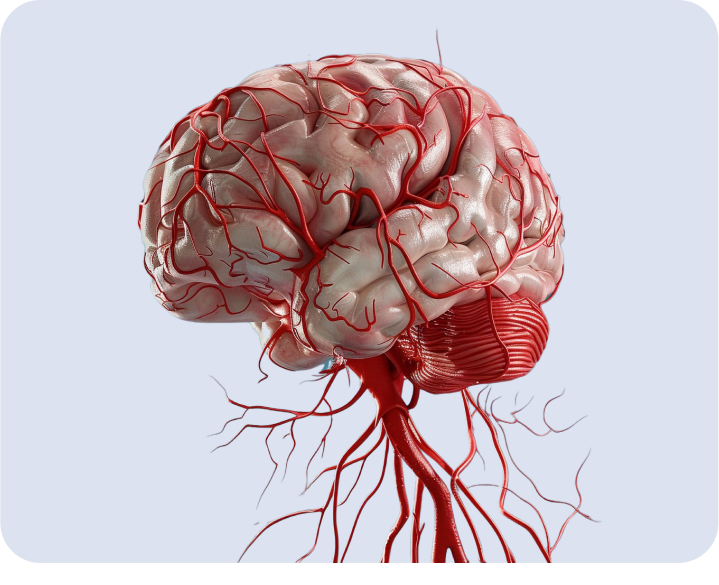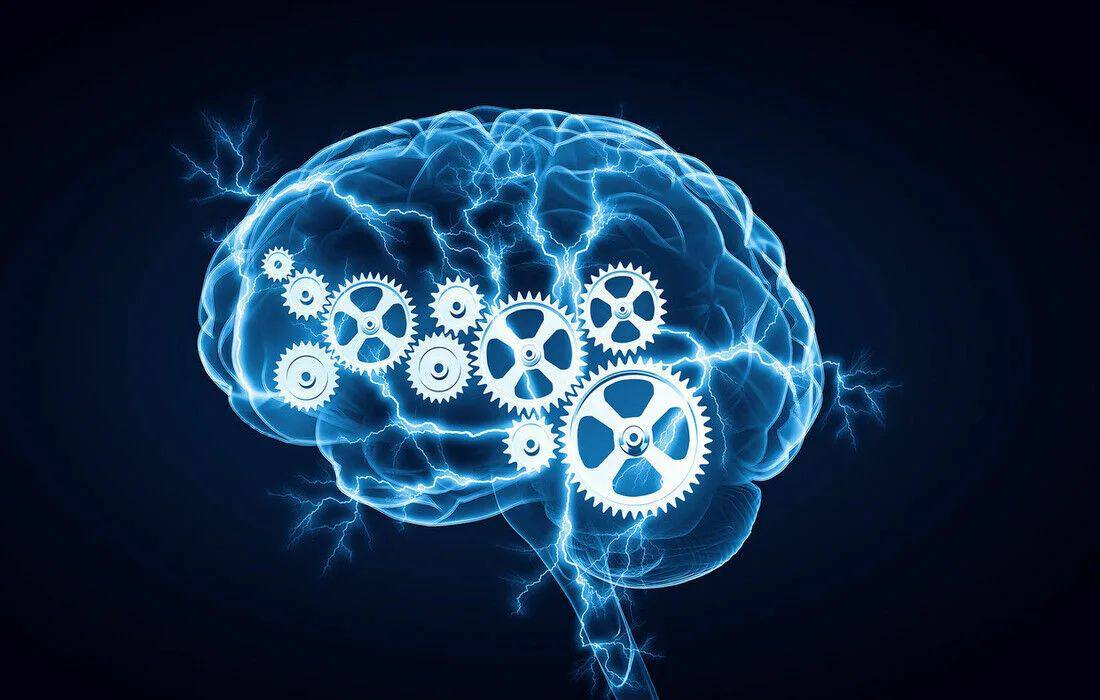Library - Page 4
Registered on ClinicalTrials
Mexidol: modern aspects of pharmacokinetics and pharmacodynamics
Authors:
Schulkin A.V.
FSBEN in the Ryazan State Medical University of the Russian Federation, Ryazan
Mexidol: a spectrum of pharmacological effects
Author:
Voronina T.A.
Nii pharmacology named after V.V. Zakusov RAMS, Moscow
Mexidol: the main neuropsychotropic effects and the mechanism of action
Author:
T.A. Voronin
GU "Nii Pharmacology named after V.V. Zakusov "RAMS, Moscow
Pharmacology of antioxidants based on 3-oxypyridine
Authors:
Novikov V.E., Kovaleva L.A., Losenkova S.O. , Klimkina E.I.
Smolensk State Medical Academy
Treatment of alcohol cancellation syndrome
Author:
Sivolap Yu.P.
FGBAOU VO "First Moscow State Medical University named after THEM. Sechenov "Ministry of Health of Russia (Sechenov University), Moscow, Russia
The possibility of using Mexidol in the complex therapy of mental disorders
Authors:
Shamray V.K. , Kurasov E.S., Nechiporenko V.V., Kolchev A.I., Tsygan N.V.
FGBVOU in the "Military Medical Academy named after CM. Kirov ”, St. Petersburg, Russia
The dynamics of electroenzelographic and psychophysiological indicators in acute poisoning by neurotoxicants at the rehabilitation stage against the background of various treatment methods
Authors:
Badalyan A.V. , Berezina I.Yu. , Goldfarb Yu.S. , Sumsky L.I.
Place of publication:
Journal of Neurology and Psychiatry, 2, 2017
The influence of Mexidol in combination with therapy with antidepressants on sleep disturbance with panic disorder in young people
Authors:
Kurasov E.S. , Rubevich R.S.
Military Medical Academy. CM. Kirova, St. Petersburg
Comparative assessment of the effectiveness of standard therapy and combination of Mexidol with convulsan at the stage of early rehabilitation of patients with opium drug addiction
Authors:
Melnikov M.A. , Karpov A.M.
Republican narcological dispensary of the Ministry of Health of the Republic of Tatarstan;
Kazan State Medical Academy
The effectiveness of the use of Mexidol with convulsive syndrome of withdrawal and post -traumatic genesis
Author:
Brastvoev V.A.
Arkhangelsk Regional Clinical Psychiatric Hospital
Application of Mexidol in Urgenic Narcology
Authors:
Klindukhova O.I., Novgorodov O.E., Sergienko N.N., Danilyuk P.V., Belotserkovich O.V.
Regional narcological dispensary, Krasnoyarsk
Therapeutic efficiency of Mexidol, when stopping various options for alcohol withdrawal syndrome
Authors:
Kashichkina O.V., Krieger N.A.
Saratov Regional Psychiatric Hospital of St. Sophia
Mexidol in the complex therapy of post -traumatic stress disorders
Authors:
S.A. Tsaregorodtseva, M.Yu. Bondarenko, Vaphranva E.V., Azin A.L.
Republican clinical hospital of war veterans;
The Center for Medical, Psychological and Social Rehabilitation of Veterans of Combat and Counter-Terrorism actions and members of their families, Yoshkar-Ola
The experience of using the drug "Mexidol" in the structure of pharmacotherapy of various clinical forms of neurosis
Author:
Aleshina N.V.
Departure of the crisis conditions of the Saratov city neuropsychiatric dispensary
The influence of Mexidol on the improvement of cognitive status and quality parameters as part of the complex therapy of patients with chronic heart failure of the II - III functional class
Author:
Tolkacheva V.V., Karapetyan L.V., Khutsishvili N.I., Galochkin S.A., Kazakhmedov E.R., Kobalava Zh.D.
FGAOU in Russian University of Friendship of Peoples named after Patrice Lumumba, Moscow, Russia
Cognitive disorders in patients with a cardiological profile: diagnosis and prevention
Author:
E.K. Shavarova 1.2 , A.A. Shavarov 1 , R.E. Akhmetov 3 , railway Cobalava 1.2
1 FGAOU at the Russian University of Friendship of Peoples, Moscow, Russia;
2 GBUZ "GKB named after V.V. Vinogradova DZM ”, Moscow, Russia;
3 LLC Scientific and Production Company "Pharmasoft", Moscow, Russia
THE INFORMATION IS INTENDED FOR HEALTHCARE AND PHARMACEUTICAL PROFESSIONALS. THIS INFORMATION IS NOT INTENDED AS A SUBSTITUTE FOR MEDICAL ADVICE.
Source of photos and images Shutterstock.com














